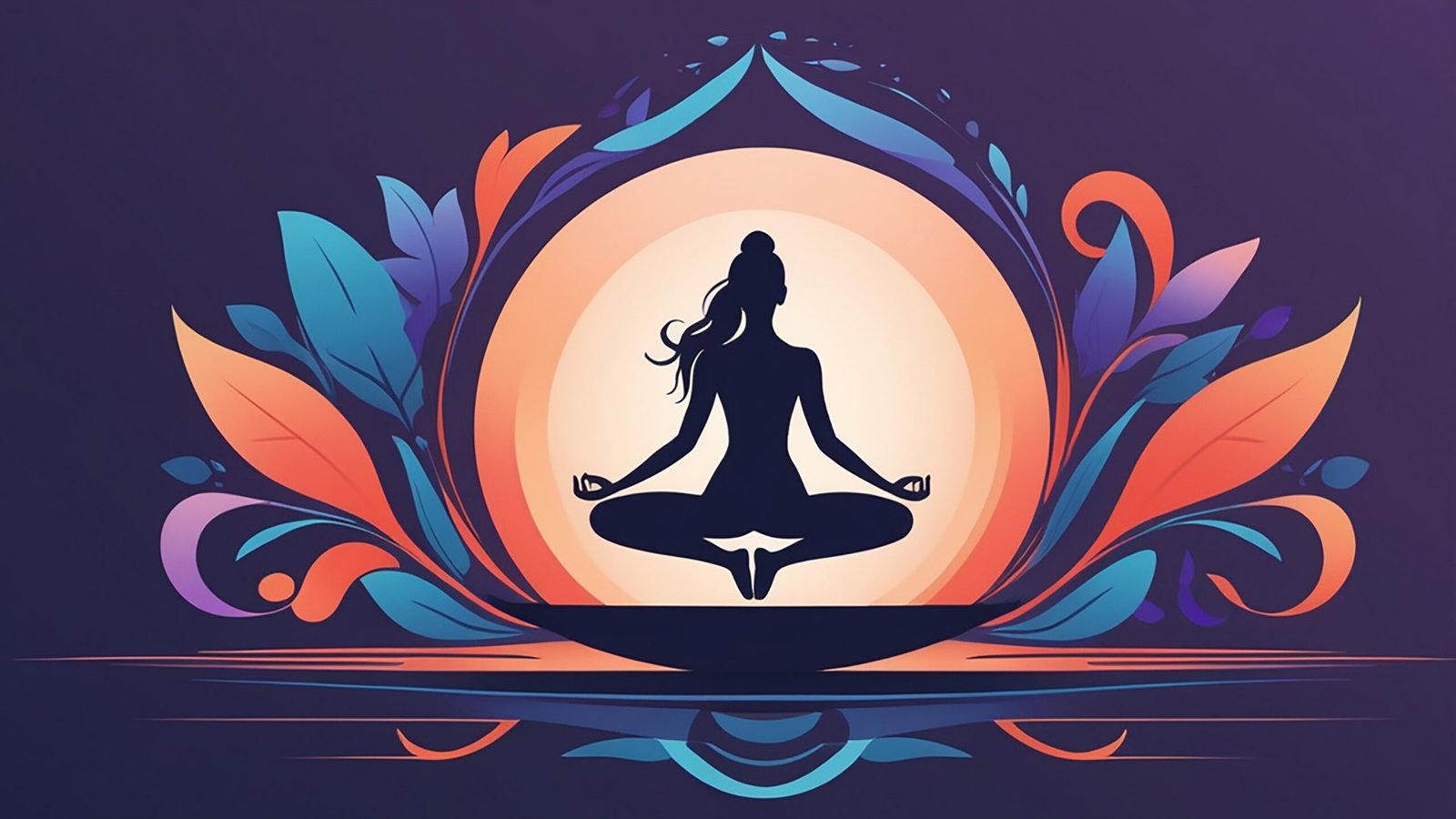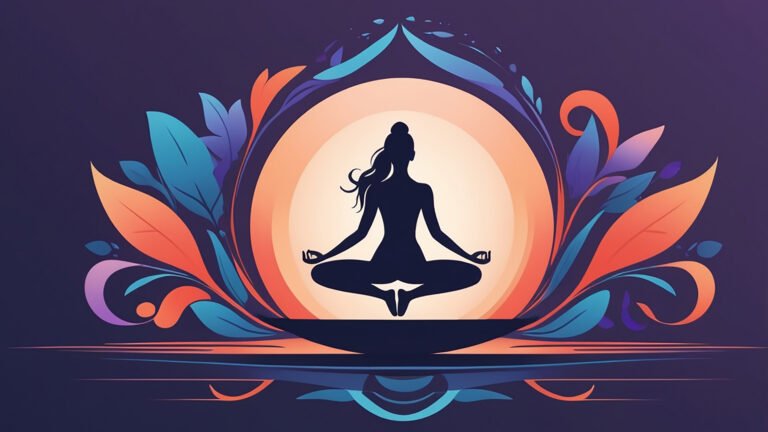— Introduction :
Halasana, derived from the Sanskrit word Hala (हल), meaning plough, resembles the shape of a traditional Indian plough used to till the earth. Just as a plough prepares the ground for new growth, Halasana prepares the body and mind for rejuvenation, transformation, and inner calm.
Practiced after सवाँगासन (Sarvangasana), Halasana furthers the spinal extension and deepens the inversion. It soothes the nervous system, boosts abdominal circulation, and enhances flexibility of the spine and hamstrings. More than a physical posture, Halasana invites surrender. It encourages the practitioner to fold into themselves—physically and mentally—shedding distractions and turning awareness inward.
In yogic texts, Halasana is praised for its ability to activate the Vishuddhi Chakra and regulate the thyroid, fostering clarity, purification, and emotional balance. The inward bend of this Asana symbolizes humility, a sacred bow to the universe within.
— Step-by-step Instructions :
- Lie flat on your back with arms by your sides, palms facing downward
- Inhale and lift both legs together to 90 degrees
- Press the palms into the ground and lift the hips and lower back off the floor
- Support your back with both hands and gently lower the feet over the head
- Try to touch the toes to the floor behind the head, keeping the legs straight
- Release the hands from the back and place the arms flat on the floor with palms down
- Ensure the chin presses against the chest and breathing is slow and rhythmic
- Hold the posture for 15 seconds to 3 minutes based on your comfort and experience
- To release, support the back again with your hands and slowly roll down very slowly and safely
— Physical And Mental Benefits :
- Stimulates the thyroid and parathyroid glands
- Enhances spinal flexibility and strengthens the back muscles
- Improves digestion and tones the abdominal organs
- Helps relieve constipation and sluggish metabolism
- Calms the brain and reduces fatigue and stress
- Supports hormone regulation and emotional balance
- Awakens the Vishuddhi Chakra and aids in internal cleansing
— Precautions to Keep in Mind :
- Avoid during pregnancy and menstruation
- Not recommended for people with neck injuries, hernia, or high blood pressure
- Do not attempt if you have glaucoma or detached retina
- Always perform on an empty stomach and never force the legs to touch the floor
- Beginners should use blankets or props and avoid straining the spine or neck
— Beginner’s Tips :
- If the feet do not reach the floor, use a block or pillow for support
- Place a folded blanket under the shoulders to protect the neck
- Keep the legs together and straight—avoid jerky movements
- Practice under guidance until the spine and hamstrings become more flexible
- Breathe gently and avoid tensing the face or throat
— Best Time to Practice :
- Early morning or evening, always on an empty stomach
- Best practiced after Sarvangasana for a gradual transition
- Can also be included after forward-bending postures for deeper release
— Advanced Variations :
- Karnapidasana – Bend the knees to press near the ears
- Pada Halasana – Hold the toes with the fingers
- Parshva Halasana – Legs extended to one side for a spinal twist
- Combine with Sarvangasana or Vipareeta Karani for a full inversion sequence
— Wrapping Up :
Halasana is a posture of humility and inward reflection. As the body folds over and surrenders to gravity, the practitioner journeys within—calming the nervous system and nurturing inner silence. Like a plough tilling the soil, this Asana prepares the inner field for clarity, stillness, and spiritual insight. Practiced mindfully, Halasana becomes a sacred bow to the higher Self.


